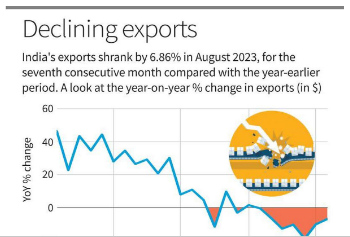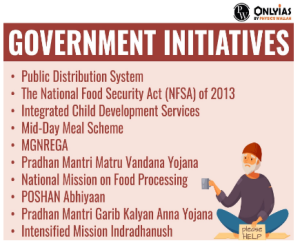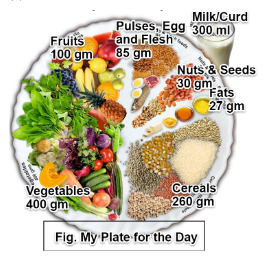Context: India’s Ambassador to the US outlined that it is only natural that the two largest democratic countries further deepen their existing space collaboration.
India-US Space Collaboration:
News Source: The Economic Times
Context:
The Earth’s upper atmosphere, stratosphere, has been dramatically cooling in response to human-induced climate change since 1986, according to a recent study.
Structure of Atmosphere:
|
Key Findings of Study:
News Source: Down To Earth
Context:
An international research team led by Pennsylvania State University used artificial intelligence to reconstruct historically sparse water quality data from nearly 800 rivers across the United States and Central Europe to understand Riverine Ecosystem
Ocean Deoxygenation:
Impact of Deoxygenation on marine life:
|
Key findings of Study about Riverine Ecosystem:
News Source: Down to Earth
Context: The Central government has established a 31 state bench of the GST Appellate Tribunal announced for 28 states and eight union territories.
More on news:
About GST Appellate Tribunal
Governance of the GST Appellate Tribunal:
News Source: Economic Times
| Unified Portal for Agricultural Statistics (UPAg) |
|
| Ayushman Bhav campaign |
|
| Gati Shakti to help speed up auction of critical minerals |
Mines and Minerals (Development & Regulation) Amendment Act, 2023
About PM Gati Shakti National Master Plan:
|
| Rosh Hashanah |
About Rosh Hashanah:
|
Context:
Recently, the Maratha activist Manoj Jarange-Patil broke his 17-day fast demanding reservation for the community in jobs and education.
More on News:
About Marathas:

Timeline of Maratha Reservation Issue:
About 102nd Constitution Amendment Act of 2018:
|
1992 Indira Sawhney Judgment: Key Precedents
|
Marathas Reservation Demand:
The M.G Gaikwad Commission Found:
|
Causes:
Stand of Maharashtra Government:
Who are Kunbis ?
|
Reaction of OBC Organisations:
Conclusion:
News Source: The Indian Express
 Merchandise import bill: While it decreased by 5.23% year-on-year to $58.64 billion, it was 10.85% higher than July’s $52.9 billion import figure.
Merchandise import bill: While it decreased by 5.23% year-on-year to $58.64 billion, it was 10.85% higher than July’s $52.9 billion import figure. Context:
The United Nations food agency has warned of a severe global hunger crisis affecting over 700 million people who are uncertain about when or if they will have their next meal.
More on News: According to World Food Program estimates from 79 countries, up to 783 million people, one in 10 of the world’s population, still go to bed hungry every night.
Global Hunger Index
|
India’s Hunger Paradox
Causes of Hunger Crisis:
Hidden Hunger
|
Challenges:
 Food Wastage and Losses: It leads to increase in prices and expensive food in 2022 has triggered a global food crisis pushing millions into the trap of hunger, deprivation, and malnutrition.
Food Wastage and Losses: It leads to increase in prices and expensive food in 2022 has triggered a global food crisis pushing millions into the trap of hunger, deprivation, and malnutrition.Addressing these challenges requires a comprehensive approach and implementing social safety nets and policies that target the most vulnerable populations.
Way Forward:
 Nutrition Education and Awareness: Public awareness campaigns can educate people about the importance of a balanced diet, hygiene practices, and breastfeeding, etc.
Nutrition Education and Awareness: Public awareness campaigns can educate people about the importance of a balanced diet, hygiene practices, and breastfeeding, etc.
It is essential to recognize that addressing hunger is a long-term endeavor that requires sustained commitment from all stakeholders, including governments, civil society, and the private sector. Collaborative efforts and innovative solutions are key to making progress in this critical issue and ensuring SDG 2 (Zero Hunger) target is timely achieved.
Maharashtra Withdraws GRs on Hindi as Third Langua...
Statistical Report on Value of Output from Agricul...
Skills for the Future: Transforming India’s Work...
National Turmeric Board HQ Inaugurated in Nizamaba...
ECI Moves to De-List 345 Inactive Registered Unrec...
MNRE Issues Revised Biomass Guidelines Under Natio...
<div class="new-fform">
</div>